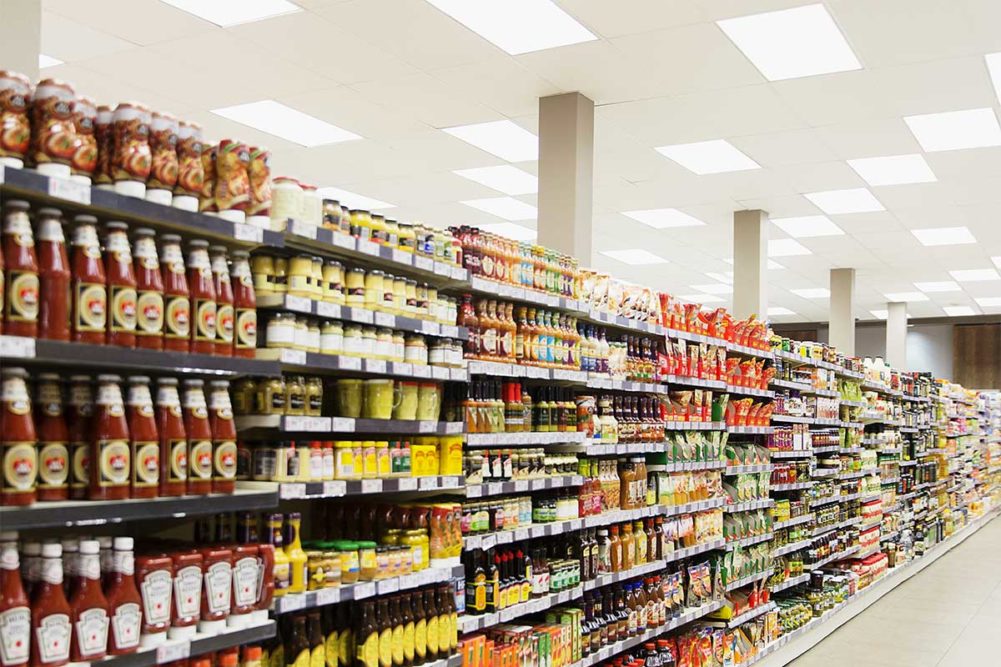Consumer packaged goods (CPGs) companies are applying lessons learned and preparing for permanent changes in the wake of the pandemic. Nowhere is this evolution in mindset clearer than in their supply chains.
A March 2021 report from the Consumer Brands Association (CBA) listed the supply chain as No. 2 trend redefining the CPG sector.
Once all but invisible — or at the very least, not of interest — to consumers, the coronavirus (COVID-19) pushed the global supply chain onto every media platform. High-demand items began disappearing from store shelves. The highly analytical data culled from complex algorithms used to determine when a Walmart or CVS received its next shipment of products suddenly lost its relevancy. Almost overnight, real-time decision making and human beings scrambling and readjusting to obtain products and get them into consumers’ hands faster pushed aside culled and curated algorithms.
As the pandemic turned the spotlight on the supply chain, consumer expectations never wavered. The CBA asked consumers what CPGs could do to boost consumer confidence emerging from COVID-19, and the top answer was eliminating supply chain disruptions.
This response changes the dynamic for CPGs and the suppliers who provide them goods and equipment. No longer is the emphasis entirely on an efficient supply chain, but a resilient one.
In some instances, retailers will need to hold internal deliberations on inventory levels, just a few short years after most streamlined and eliminated the costly overhead that comes from storing packaged goods. Brick-and-mortar retailers that were already struggling to keep pace with e-commerce now find themselves trying to negotiate a balance as the pandemic forced them to embrace the e-commerce model as well.
Nearly half of US consumers report that they used online ordering for delivery or store pickup, and almost all of that half indicate a desire to continue using the practice, according to “Secondary Packaging Trends: Retail, E-Commerce, Direct-to-Consumer.”
The report from PMMI, the Association for Packaging and Processing Technologies, also notes the need for packages to adapt to this model. The method manufacturers use to ship bulk, palletized orders to larger third-party e-commerce distribution companies is relative comparable to how they ship products to traditional brick-and-mortar retailers.
However, entirely different considerations and packaging strategies are needed when manufacturers consider shipping direct to consumers (DTC). When sending items directly to a consumer, the secondary packaging must be highly durable. The DTC supply chain handles packages an average of twenty times more than retail products.
CPG companies continue to adapt and innovate their supply chains based on the pandemic, and these changes are likely to continue well after the pandemic ends. What consumers buy and how much they continue to stock in their residences is an unknown going forward.
CBA survey respondents shared a greater propensity to stay stocked up on the products that were most in demand throughout the pandemic for fear of being caught without when supplies ran low.
As vaccine use becomes more widespread, there is a good chance that consumers will return to pre-pandemic behaviors, including not noticing the existence of the supply chain. Their expectations will go back to anticipating stores and online retailers will carry the goods they want when they want them.
Now that e-commerce has molded the shopping landscape in its image, a shift away from a linear supply chain would best serve brand owners and CPGs.
The CBA report points to the potential growth of supply networks that leverage real-time and consumer-specific data. Even with that consideration, the next steps in the evolution of the supply chain will come from state and national lawmakers.
Already the president issued an executive order to help create more resilient and secure supply chains for critical and essential goods. The declaration includes a comprehensive review of US supply chains and investigations into shoring up a wide range of risks and vulnerabilities.
New technologies, solutions and education addressing the changing landscape of packaging, processing and the supply chain will be on display at Pack Expo Las Vegas, co-located with Healthcare Packaging Expo 2021 from Sept. 27-29 at Las Vegas Convention Center. It’s where executives and plant managers, engineers, brand managers and packaging designers come to see machinery in action, connect with suppliers, network and gain the latest perspective on a plethora of industries in more than 40 vertical markets.
To learn more about the advanced packaging solutions that will be on display as well as the educational, networking opportunities and the virtual component of the show, and to register, visit www.packexpolasvegas.com.
Editor’s Note: Tom Egan is vice president of industry services, PMMI, The Association of Packaging and Processing Technologies.





